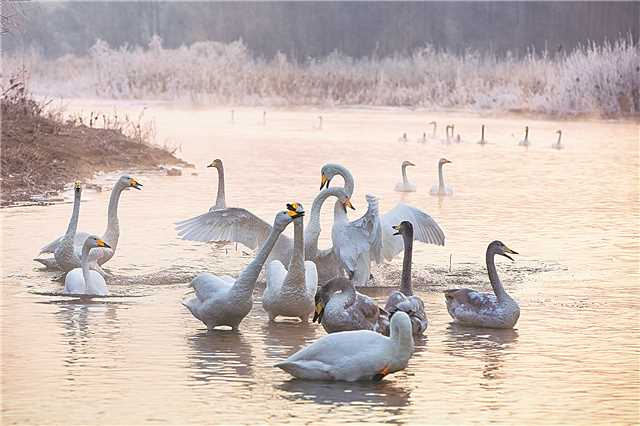
中国东北辽宁省的鸟类学家在茂密的芦苇和草丛中爬行。他遇到了一只1.5米高的红冠鹤,它的喙夹在芦苇的长茎上。
鹤毫不犹豫地蹲了下来,展开翅膀,咄咄逼人地拍打着翅膀。虽然余知道鹤的骨头密度是人类的几倍,而且它的猛扑很容易折断他的肋骨,但他的喜悦还是压倒了他的恐惧。
红冠鹤明显的筑巢行为和异常警觉表明,红冠鹤在辽宁省锦州市大凌河河口附近从事着14年来从未观察到的繁殖活动。濒危的丹顶鹤受到国家一级保护。大岭河口附近的湿地被认为是这些珍稀鸟类最南端的繁殖地之一。
锦州野生动植物与湿地保护协会副会长表示,环境变化和人类活动意味着,自2009年以来,大岭河口附近没有濒危鸟类繁殖的记录。
“我们发现前两只鸟分别出生在5月12日和13日,”余说。“两周后,它们长得很大,可以到处跑。”
当地林业和草原局局长表示,已经观察到至少四对丹顶鹤的繁殖过程,其中三对丹顶鹤已成功孵化。余指出,鹤的低生育率(每窝只有两个蛋)和幼鸟的低存活率导致繁殖缓慢。
北京林业大学教授说:“丹顶鹤对繁殖地非常挑剔。它们需要足够的食物、良好的生物多样性,尤其是周围环境的安全。”
丹顶鹤在该地区自然繁殖的再现表明,近年来,大凌河河口的环境得到了根本改善,适合濒危鸟类繁殖。
大凌河口湿地公园总经理说:“十年前,当我们开始在这个地区进行湿地恢复工程时,该地区遭受了盐渍化和海岸侵蚀,几乎变成了植被稀疏的贫瘠海滩。
“相比之下,湿地的盐度大大降低,芦苇的面积恢复到22平方公里,是以前的三倍。”
他补充说,湿地保护进程使该地区成为鸟类繁殖和过冬的天堂。
湿地公园内有10多种国家一级保护物种,50多种国家二级保护物种包括东方白鹳和大鸨。
锦州位于主要的鸟类迁徙走廊沿线,因此每年都有数百万只野生候鸟受到欢迎。
从2016年到2020年,当地政府恢复了2666公顷的湿地,使该市发现的鸟类数量超过370只。